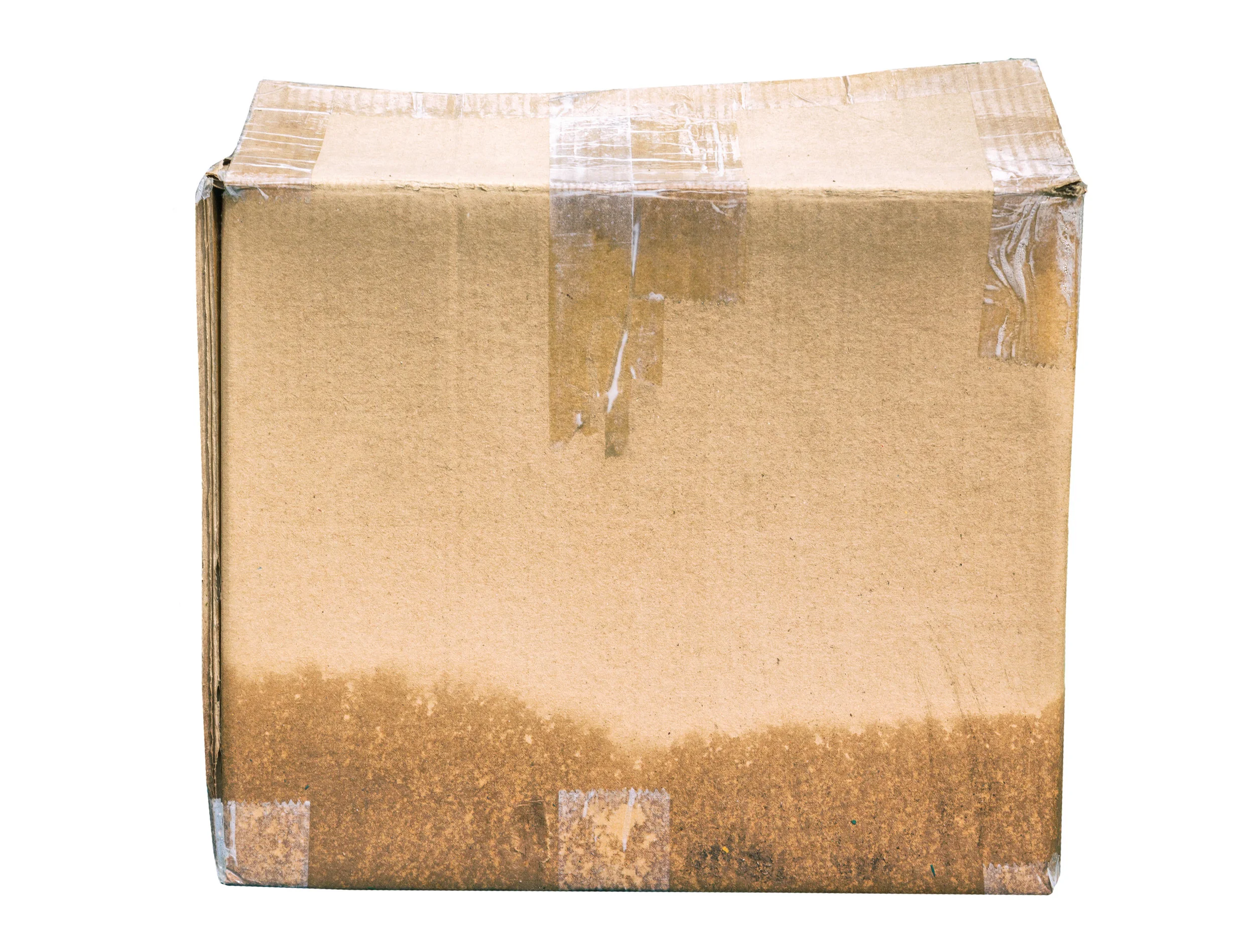When you're ready to move, even if it's just across town, the right boxes make a difference. Traditional cardboard boxes collapse under too much weight, become worthless if they get wet and could be crushed. Do you really want to deal with those issues during your move?
Plastic boxes provide a better choice and they will actually improve the packing process for your move. In addition to improving the packing process, plastic boxes improve the overall moving experience. Here are some of the ways your move will be improved by using plastic boxes.
No Assembly
When you choose cardboard boxes, you have to assemble them with tape to use them. Plastic boxes come assembled and ready to be used. You don't need tape or anything else to put them together.
Delivery and Pickup Available
With cardboard boxes, you have to go find them, purchase them, pack them, move and disposed of them. Why go through that process when you can simply rent plastic moving boxes, have them delivered, and then have them picked up when you’re done with the boxes?
Stackable, Both Empty and Full
While cardboard boxes may lay flat before you assemble them, once they are assembled, they will take up quite a bit of space. They are also not as easily stackable as plastic boxes because they will slide around during the move.
With plastic boxes, you can nest them when they are empty, which means one will fit right inside the other. You won't have to worry about a bunch of assembled cardboard boxes getting in your way. Simply have one stack of plastic boxes in one area and get a new one when you're ready for it.
In addition, when you actually move, the boxes are made to sit inside the top of each other. They have a ridge in the design so they won't slide off the top during the move.
Easier to Reopen
If you pack a cardboard box and you tape it up, it's a pain to reopen it for an item you forgot to pack inside. Plastic boxes don't cause this hassle. You can easily reopen them, pack the item, and close it back up.
Avoid Moving with Unwanted Pets
Did you know that termites, beetles, silverfish, and roaches all love cardboard boxes? You could end up moving with these pests if you use cardboard. With plastic boxes, you don't have to worry because these pests won't eat plastic!
No Water Damage
Accidentally set that cardboard box in water and you'll wish you weren't moving. The box will fall apart and you may break something. At the very least, the box will need to be repacked.
With plastic boxes, you don't have to worry. They cannot be damaged by water in the way cardboard can, which helps to keep your items much safer.
When it's time to move, you want to make sure you get the right boxes. Plastic boxes will help to improve the packing process and the rest of your moving process, as well.





